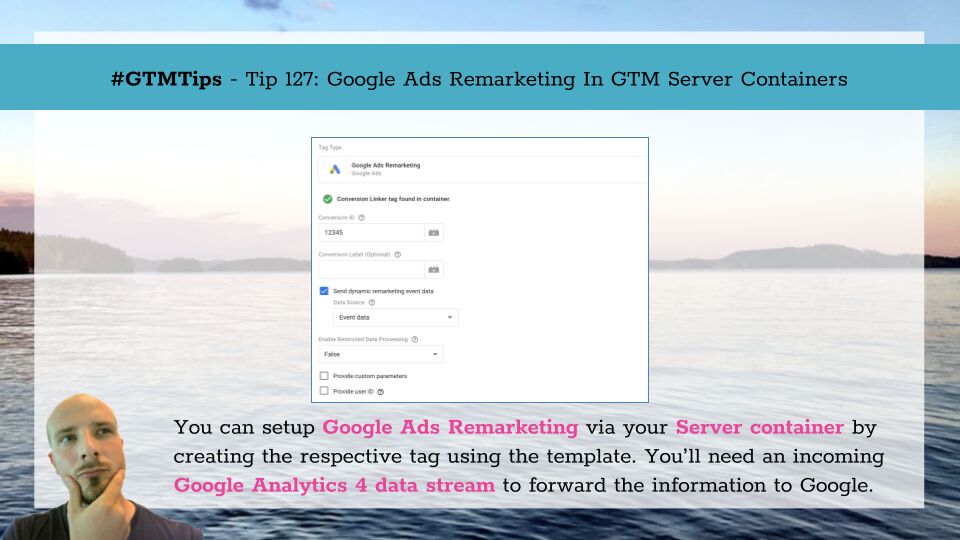To continue my extensive collection of Google Tag Manager’s server-side tagging articles, in this guide I’ll walk you through how to set up a Server container in Microsoft Azure’s App Service platform.
For my previous guides on manually provisioning a Server container, follow these links:
Amazon AWS (Elastic Beanstalk): Deploy Server-side Google Tag Manager In AWS Google Cloud (App Engine): Provision Server-side Tagging Application Manually Azure’s App Service is similar to AWS Elastic Beanstalk and GCP App Engine, in that it lets you create a web application from scratch with minimal effort.






